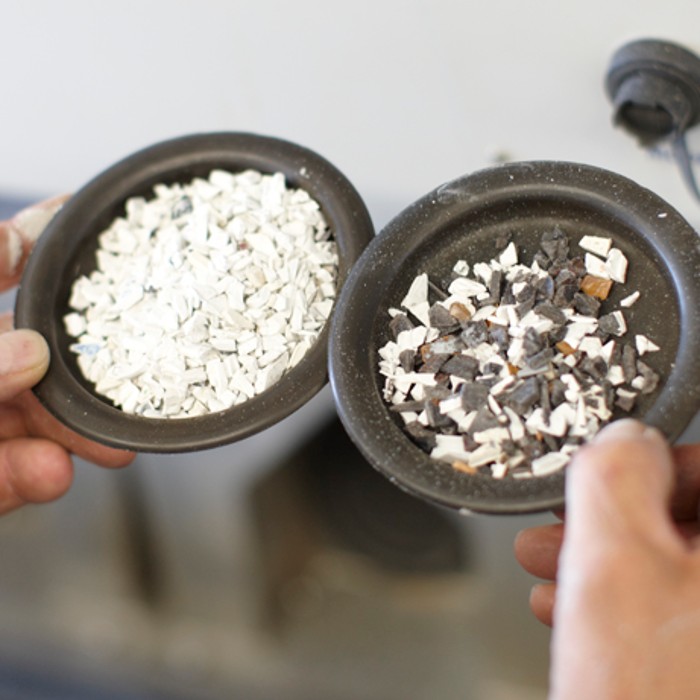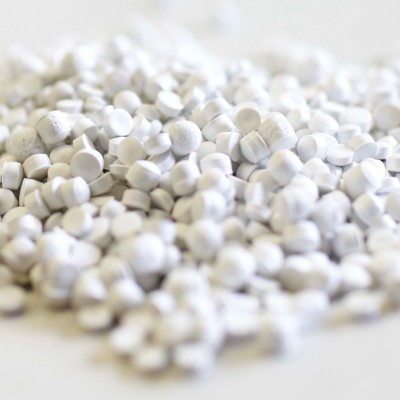
PVC-U makes window design tangible
PVC-U windows open up unique possibilities for architecture. They owe their performance and versatility not least to the material PVC-U. The polymer is one of the first plastics ever to be used, and its favourable properties mean that it is still very much in demand - even among building owners. This is because windows and doors made of PVC-U profiles are comparatively inexpensive, notwithstanding their outstanding energy efficiency and design options. The almost complete recyclability is an additional plus point.
Table of contents
- PVC-U: A natural construction principle
- Tailor-made properties: from pellet to compound
- Responsible: Closing the material cycle
PVC-U: A natural construction principle
Windows and doors made of PVC-U have been undisputed favourites on the market for many years: around 57% of all installed elements in Germany have frame and sash profiles made of polyvinyl chloride, or PVC-U for short. This high demand is largely due to the special properties of the polymer material. Only they enable the extrusion of multi-chamber profiles with a highly developed geometry that combines stability and excellent insulation values. The fact that easy-care vinyl windows retain their attractive appearance for decades is also ultimately due to PVC-U.
As a polymer, PVC-U uses a construction principle that can also be found in nature. Biological polymers such as cellulose - used in the form of wood, paper or cotton - or natural rubber are created by linking thousands and thousands of identical basic building blocks. This gives the resulting material completely new chemical and physical properties. This is also the case with PVC-U: The gaseous and extremely reactive monomer vinyl chloride gives rise to a polymer solid that proves to be robust in every respect. Its advantages as a material were first recognized in 1912, some 80 years after it was first produced, and it still impresses today. After polyethylene (PE) and polypropylene (PP), polyvinyl chloride is one of the plastics most in demand worldwide.
A versatile material
PVC-U is used in two varieties: While soft PVC is used for medical products, among other things, rigid PVC is found in products for the construction sector and many other industries.
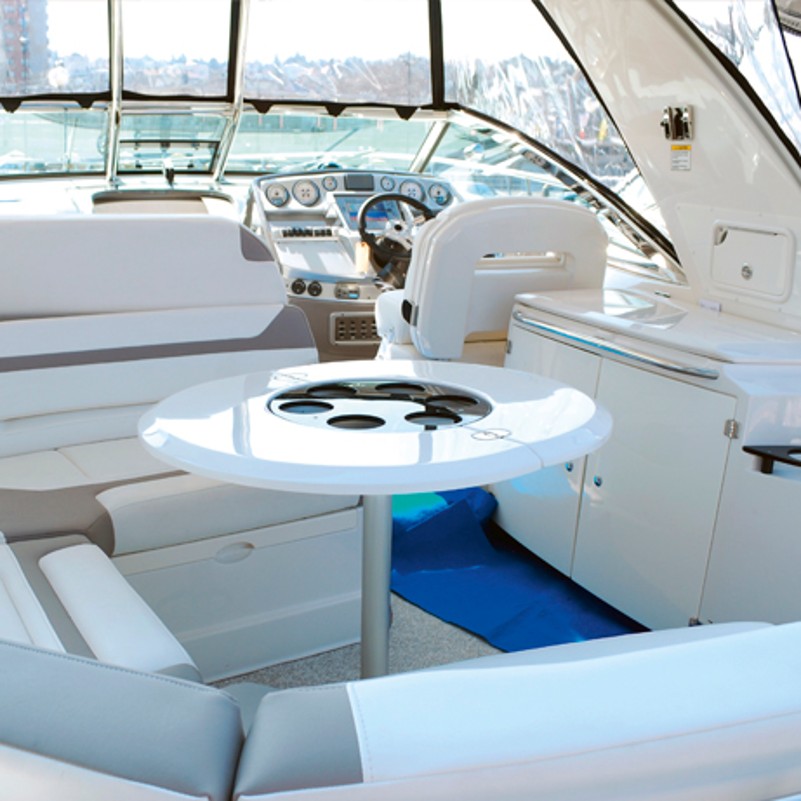
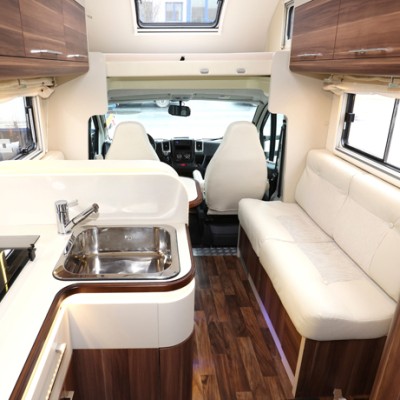
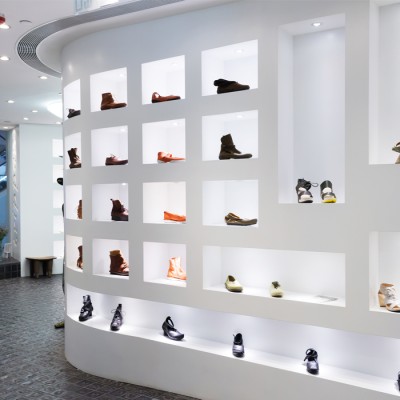
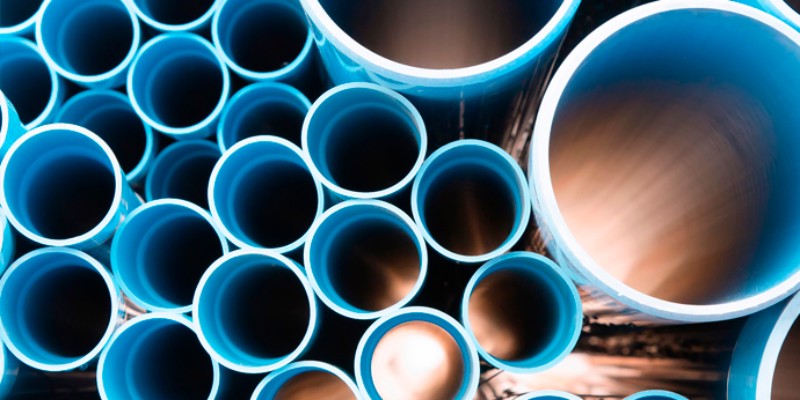
Tailor-made properties: from pellet to compound
Today, a technical distinction is made between two types of PVC: Soft PVC or PVC-P (plasticized) with a very high content of plasticizers and rigid PVC or PVC-U (unplasticized). VEKA quality profiles are made of rigid PVC and therefore do not contain plasticizers. In order to further optimize the already advantageous properties of the polymer, small quantities of other additives are mixed into the PVC pellets supplied in accordance with a recipe developed by VEKA.
Only from this compound are the VEKA profiles with their strong walls extruded in class A quality. In addition to their high mechanical strength, stiffness and hardness, they are impact-resistant and notch-resistant, abrasion-resistant and, last but not least, physiologically harmless. Essential for precise production according to planning specifications is the good weldability, while the high resistance to UV radiation, moisture, chemical air pollutants and other environmental influences ensures a permanently high-quality appearance. All relevant profile properties are subject to quality monitoring in accordance with RAL-GZ 716/1, Part 1.
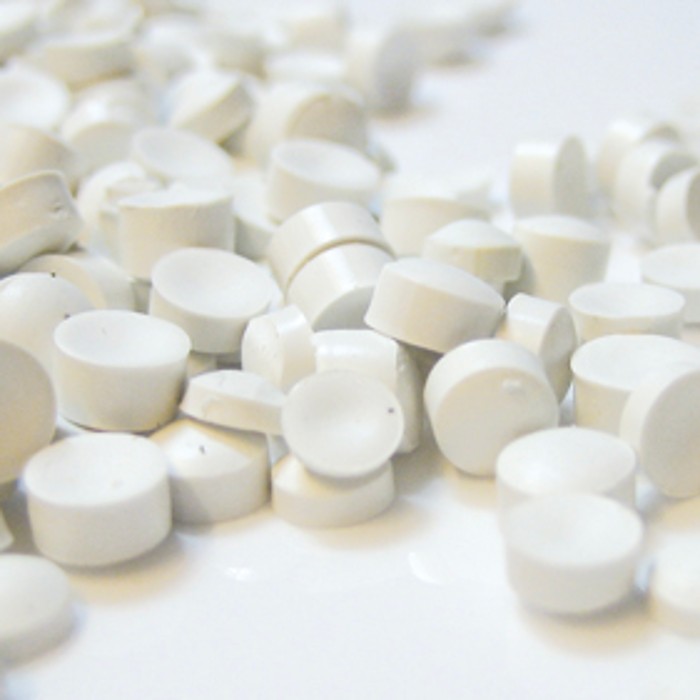
Processing reliability due to precisely controlled properties
"Molding compound according to ISO 1163-PVC-U, EDLP, 082-25-T23"
Explanations:
U = plasticizer-free
E = Extrusion compound
D = Powder
L = Light and weathering stabilizer
P = Impact modified
082 = Vicat softening temperature in °C
25 = Notched impact strength in kJ/m²
T23 = Modulus of tensile elasticity in 100 MPa
Responsible: Closing the material cycle
The extraordinary stability of PVC-U raises the question of what happens to old PVC-U windows and doors after use. Since the profiles do not biodegrade, or biodegrade extremely slowly, they would permanently take up a lot of landfill space. In fact, landfill disposal is no longer permitted in Germany and other European countries. Far too often, therefore, PVC-U profiles are sent to waste incineration.
VEKA demonstrated back in 1993 that this disposal is not necessary in principle. At that time, the system provider commissioned the first large recycling plant for old windows and doors, roller shutters and PVC-U production residues in Thuringia. In an economical and resource-saving process, metal, glass and rubber seals are first separated from the PVC-U profiles there so that they can be recycled separately. The profiles are then shredded down to pellet size and the pellets are automatically sorted by colour. The result is an effectively unmixed PVC recyclate that can be fed directly back into the extrusion of new profiles as a compound: The material cycle is closed.
